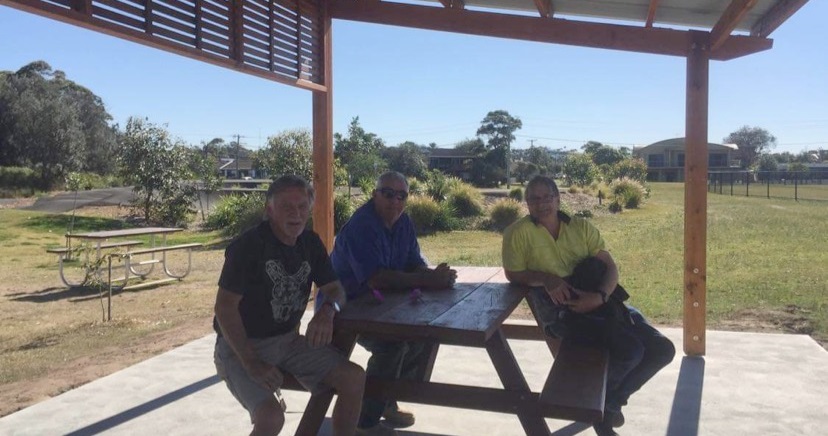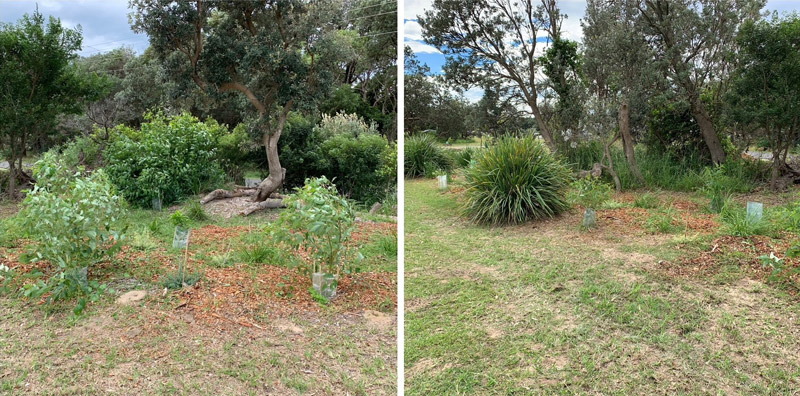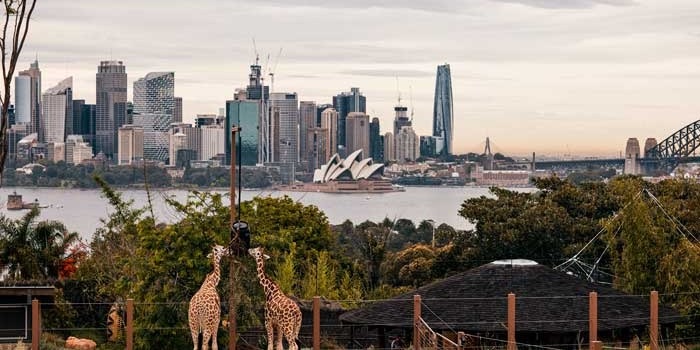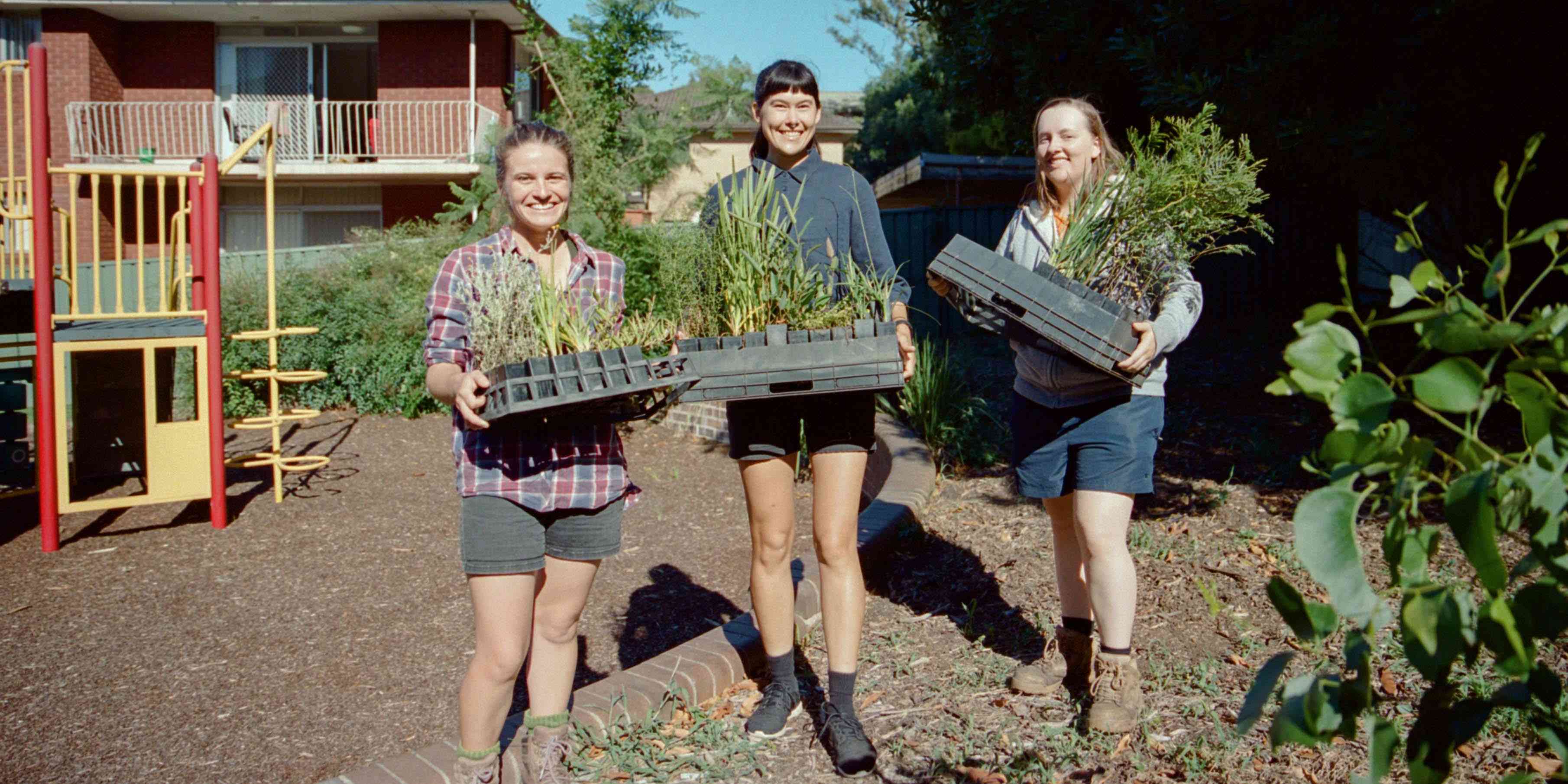About this case study
Heat
Communities
Cooling solutions
Each time Robyn Flack walked her dog through Jerry Bailey Oval, she lamented its lack of tree cover and decided to do something about it.
We called Jerry Bailey Oval the Simpson Desert of the South Coast. Now it’s a community meeting place.
Robyn Flack
With few trees for protection, visitors to the Oval were often buffeted by strong easterly winds from the nearby ocean. There was little shade, few plants and no comfortable places to sit. The oval was simply not resilient to a changing climate.
“Everyone walked through the oval but they never stopped. There was no reason to because it was generally unpleasant most days,” Robyn reflects.
“The oval needed trees to protect people from the wind and sun. Without trees, Jerry Bailey Oval would never be a place of shade and respite.”
But, as Robyn says, “trees take a long while to grow. If we didn’t do something soon we would not be prepared for a hotter climate.”
The climate of Shoalhaven Heads, on the New South Wales south coast, is already changing. According to projections, residents can expect more hot days in the years ahead, with maximum temperatures expected to rise by as much as 2.3°C by 2060.
With the help of a grant from the NSW Government, Robyn and her fellow volunteers at the Lions Club of Shoalhaven Heads have turned the barren oval into a welcoming oasis.
Established native trees were planted and water-efficient systems installed to provide naturally-cooled outdoor areas for the community to enjoy. An existing grove of trees was also thickened with what Robyn calls “gutter gums” and coastal banksias.
“We took the gums that grow in people’s gutters, having fallen from the trees around the neighbourhood, and we planted them among the grove to build a windbreak. With all the rain they’ve grown to two metres.”
The oval, sited on sand, required a lot of water to support the newly-planted trees. As part of the project, a disused bore was resurrected.
By carefully selecting local natives, and by aligning the project with Shoalhaven City Council’s landscape masterplan, the Lions Club could stretch each dollar a long way.
Council supplied mulch and additional services, including a water-filling station and additional garbage removal.

Today, visitors to Jerry Bailey Oval can enjoy natural shade and rest on one of many brightly coloured benches. There is a fenced-off dog walking area, a picnic shelter and the region’s first BMX pump track, with toilets and a barbecue area to follow.
People continue to donate trees to be planted in the grove. One recent addition is among the world’s oldest and rarest plants, the Wollemi Pine.
“We have created a microclimate and a meeting place for our community,” Robyn adds.
People from other towns along the Illawarra often ask Lions Club Shoalhaven Heads the secrets to its success. “I always say we are a self-driven community – and this project shows how we can strengthen our community and adapt to climate change at the same time.”
We planted species that were already growing naturally in the local area – like gutter gums and coastal banksias – to attract birds and animals. That’s what I call climate adaptation.
Robyn Flack
This project was funded by an Increasing Resilience to Climate Change grant from the NSW Government.



